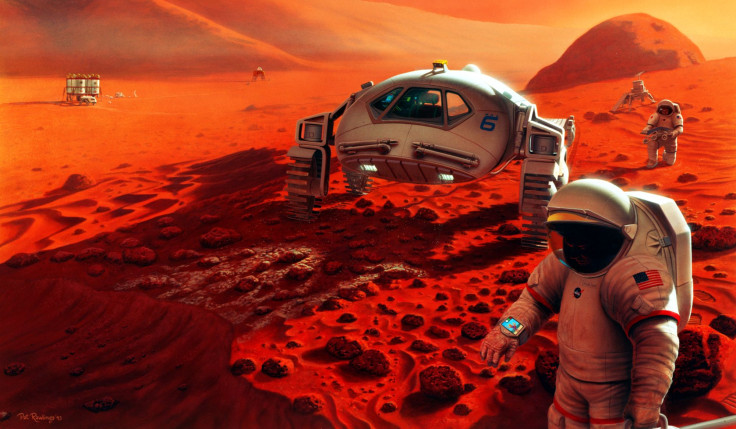Potatoes Can Grown On Mars And Earth Regions Affected By Climate Change, Researchers Found

Remember when Matt Damon survived on Mars by growing potatoes in the the movie The Martian? Well that might just be possible, researchers from the International Potato Center (CIP) in Peru found.
CIP has been looking into different ways potatoes can grow in Mars, and now researchers say their experiment’s “preliminary results are positive.”
Read: NASA Mission To Mars: Congress Votes Yes On Bill Instructing Agency To Send Humans To Planet By 2033
On Feb. 14, researchers planted a stem tuber in a CubeSat, which contains soil from the Pampas de La Joya desert in Southern Peru, home to the most Mars-like soils found on Earth. The CubeSat, built by engineers from University of Engineering and Technology (UTEC) in Lima, Peru in collaboration with NASA’s Ames Research Center, mimics Mars’ air pressure, oxygen and carbon dioxide levels. The CubeSat also delivers nutrient rich water and controls the temperature for the red planet’s day and night conditions.
“If the crops can tolerate the extreme conditions that we are exposing them to in our CubeSat, they have a good chance to grow on Mars,” said researcher Julio Valdivia-Silva from UTEC in a statement.
The experiment by CIP shows potatoes could grow in dry, salty soil mixed with some fertilized Earth soil for nutrition and structure. The growth of potatoes in the CubeSat can also help on Earth in places affected by climate change.
“The results indicate that our efforts to breed varieties with high potential for strengthening food security in areas that are affected, or will be affected by climate change, are working,” said CIP potato breeder Walter Amoros in a statement.
Read: Scientists Say Eruptions On Dwarf Planet Ceres Indicate Possibility Of Living Things
The findings are good news, as NASA gears up to send humans to explore Mars in 2033. Congress recently approved a bill which allocates $19.5 billion in spending for NASA in fiscal year 2017. The legislation, instructs NASA to look into a “Mars human spaceflight mission to be launched in 2033.”
CIP uploaded Monday a time-lapse video on YouTube of initial plant growth:
You can even watch activity in the CubeSat live here.
Researchers will do more rounds of experiments to see which potato varieties do best in the CubeSat and to find out the minimum conditions required for a potato to survive.
© Copyright IBTimes 2024. All rights reserved.











